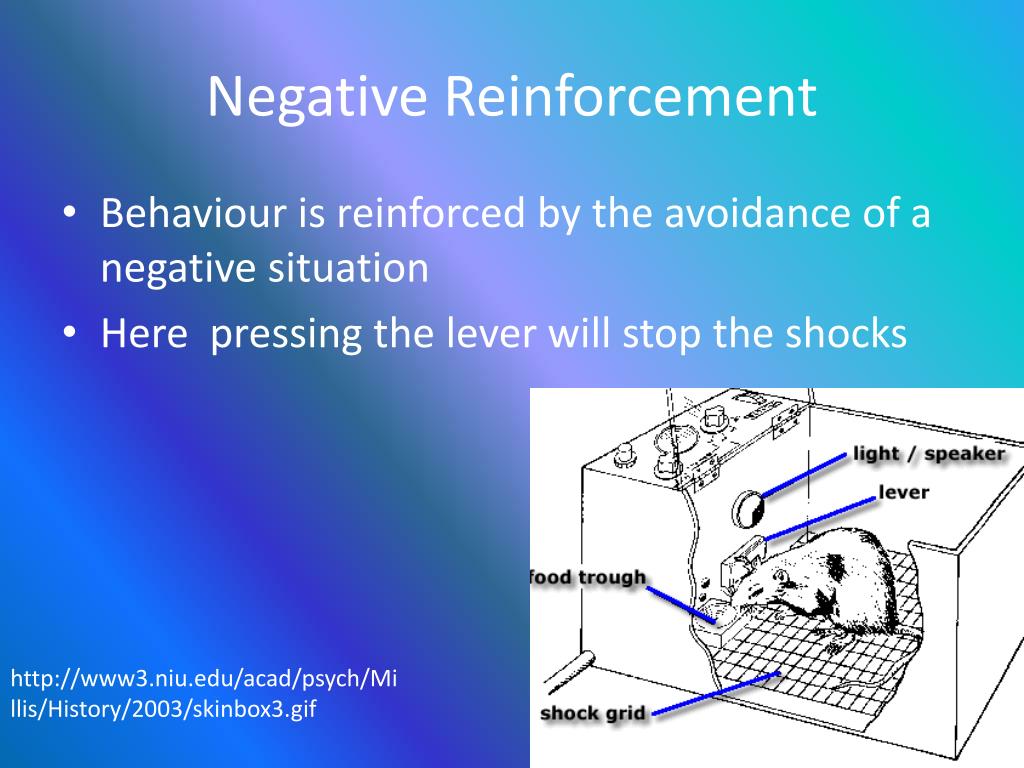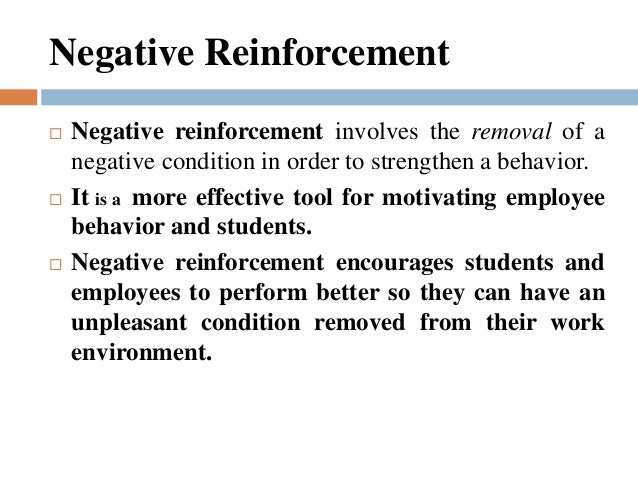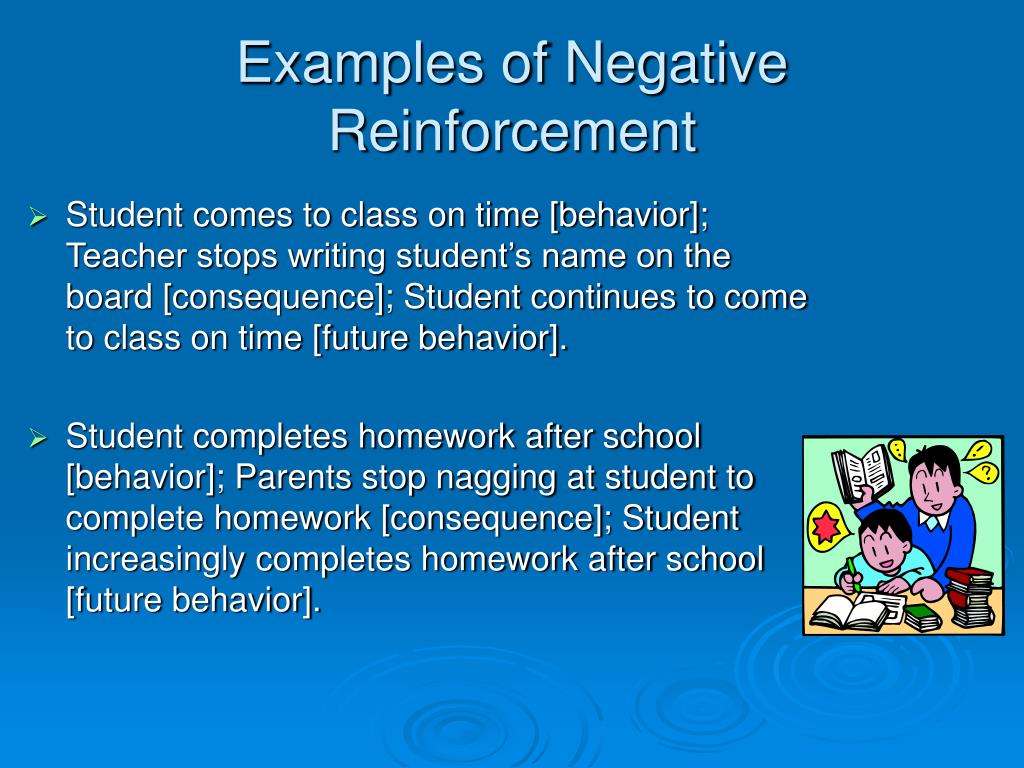
Stickers or Trading Cards: Young children love stickers and trading cards they can collect and display. Primary Reinforcers are the tangible rewards for desirable behaviors. There are three different types of positive reinforcements. 3 Different Types Of Positive Reinforcements So finding the right combination is essential to your child’s education. Positive reinforcements have a proven record of improved results toward an end goal. This is why it’s vital to a child’s well-being to have a specific praise and reward system in place for each step on the path to educational success and peace of mind. “You always catch more flies with honey” is an adage that describes how positive reinforcements work for all individuals, especially children.Īn uplifting attitude and positive encouragement get better results in building a child’s confidence and self-esteem than negative reinforcement or negative consequences. They are the product of unforeseen circumstances and not the problem of the child themselves. This is why it’s important to remember that your child did not ask for these educational roadblocks. These attributes can lead to frustration, anger, tension, and emotional outbursts from you and your child. Praise and encouragement are the building blocks of emotional and social development for all children, regardless of their special needs or disability.Ī child with special needs might often show signs of intentional unwanted behaviors, a disrespectful attitude, or have a physical setback that prevents them from learning traditionally. In fact, NOTHING could be further from the truth… Why Positive Reinforcement? 

They’re finally being good, so there’s no need to say anything… right?

Five minutes later, when the power struggle is over, and your child’s behavior has finally settled…










